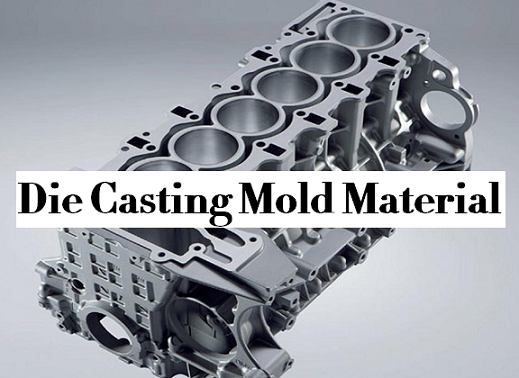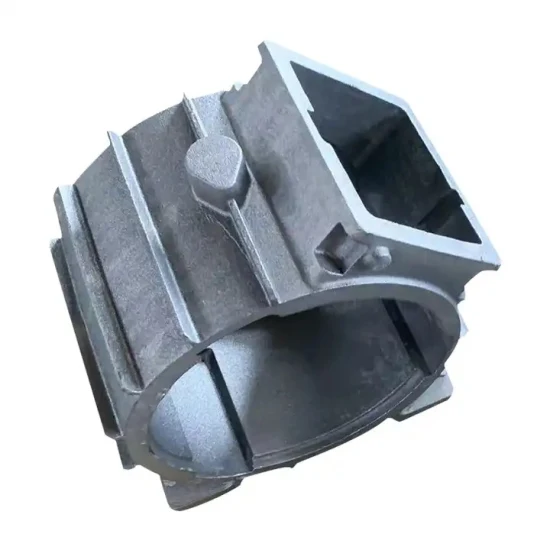Some Known Incorrect Statements About Stahl Specialty Company
Table of ContentsThe Basic Principles Of Stahl Specialty Company Not known Incorrect Statements About Stahl Specialty Company The Stahl Specialty Company PDFsStahl Specialty Company for DummiesThe smart Trick of Stahl Specialty Company That Nobody is DiscussingStahl Specialty Company Things To Know Before You Buy

If you're developing a metal item, you've likely considered making use of light weight aluminum as the base product. It has a high strength-to-weight ratio, good corrosion resistance, good formability, and aesthetic charm. These aspects have actually caused its enhanced popularity in recent years. Pure aluminum has restricted applications, so it is often incorporated with various other elements, such as silicon, magnesium, and manganese to develop alloys.
Different aspects and quantities generate a wide array of preferable physical and chemical homes. And the Light weight aluminum Association (AA), based in North America, has actually produced specifications that regulate light weight aluminum alloys' composition, homes, and classification. There are two kinds of light weight aluminum alloys functioned and cast. Factory workers create these alloy enters various ways, which substantially impacts their qualities.
The smart Trick of Stahl Specialty Company That Nobody is Talking About
Cast light weight aluminum alloys are made by melting pure aluminum and integrating it with other steels while in fluid form. After that the mix is put into a sand, pass away, or financial investment mold. After solidification, the steel is gotten rid of from its mold. At this stage, it remains in either its last kind or as a billet or ingot for additional handling.

For instance, 160.0 represents a cast with a minimum of 99.60% aluminum. The fourth digit, which follows the decimal factor, defines if the alloy is a casting (xxx. 0) or an ingot (xxx. 1). Wrought light weight aluminum alloys additionally begin by integrating molten aluminum with various other metals. In comparison to cast alloys, nevertheless, they are created right into their final form with processes such as extrusion, rolling, and flexing after the steel has actually solidified right into billets or ingots.
There are lots of small differences between functioned and cast aluminum alloys, such as that actors alloys can contain a lot more considerable quantities of other metals than functioned alloys. However the most noteworthy difference in between these alloys is the manufacture procedure with which they will most likely to provide the end product. Apart from some surface area treatments, cast alloys will certainly leave their mold and mildew in virtually the precise solid form wanted, whereas functioned alloys will undergo numerous modifications while in their strong state.
If you think that a functioned alloy might be the very best for your job, have a look at a few of our write-ups that describe more concerning certain functioned alloys, such as Alloy 6061 and Alloy 6063. On the various other hand, if you assume a cast alloy would be much better for you, you can learn more regarding some cast alloys in our Alloy 380 and Alloy 383 short articles (coming soon).
The 9-Second Trick For Stahl Specialty Company
When choosing a light weight aluminum shop for your production needs, it's essential to study a number of aspects. One of one of the most crucial aspects to take into consideration is the experience and proficiency of the foundry. aluminum metal casting. Picking a foundry that has the right expertise of the aluminum casting process, and the portfolio to show for it, aids to have an effective outcome for your project
Having the experience and industry expertise to craft your spreadings for optimal manufacturing and quality end results will certainly enhance the job. Producing light weight aluminum castings calls for a complex collection of procedures to achieve the ideal results. When choosing a brand-new light weight aluminum foundry to companion with, ensure they have considerable market experience and are knowledgeable concerning all facets of the light weight aluminum casting procedure: style, manufacturing, material evaluation, and product testing.
The foundry needs to additionally have a proven performance history of delivering extraordinary items that satisfy or surpass customer expectations. Quality assurance must also go to the top of your checklist when selecting a light weight aluminum foundry. By look at here now functioning with a qualified shop who complies with the criteria for quality control, you can secure the stability of your product and ensure it meets your specifications.
By choosing a company that provides services that satisfy or surpass your product needs, you can be sure that your project will certainly be finished with the utmost precision and efficiency. Various parts call for various manufacturing methods to cast light weight aluminum, such as sand spreading or pass away spreading.
Our Stahl Specialty Company PDFs
Pass away spreading is the name provided to the procedure of creating complicated steel parts through usage of mold and mildews of the part, likewise referred to as dies. The procedure utilizes non-ferrous metals which do not have iron, such as light weight aluminum, zinc and magnesium, as a result of the desirable homes of the metals such as reduced weight, higher conductivity, non-magnetic conductivity and resistance to corrosion.
Pass away spreading manufacturing is quick, making high manufacturing levels of elements simple. It creates more components than any type of various other procedure, with a high degree of precision and repeatability. To get more information regarding die casting and pass away spreading products used in the process, read on. There are three sub-processes that drop under the group of die casting: gravity pass away spreading (or permanent mold spreading), low-pressure die spreading and high-pressure die spreading.
Despite the sub-process, the die casting process can be broken down into six actions. After the pureness of the alloy is tested, passes away are produced. To prepare the craves casting, it is necessary that the dies are clean, so that no deposit from previous productions continue to be. After cleaning, the ejection lubrication is put on the die to ensure a smooth launch.
Stahl Specialty Company Fundamentals Explained
The pure metal, also referred to as ingot, is added to the furnace and maintained the molten temperature level of the metal, which is after that transferred to the shot chamber and injected into the die. The stress is after that maintained as the metal solidifies. When the metal strengthens, the cooling process starts.
(https://www.quora.com/profile/Stahlspecialc)
The thicker the wall of the part, the longer the cooling time due to the amount of interior steel that additionally requires to cool down. After the component is fully cooled, the die cuts in half open and an ejection device pushes the element out. Following the ejection, the die is closed for the following injection cycle.
The flash is the extra material that is cast throughout the process. Deburring gets rid of the smaller sized pieces, called burrs, after the cutting process.
Unknown Facts About Stahl Specialty Company

Zinc is one of the most used alloys for die casting due to its lower expense of raw materials. Its deterioration resistance also allows the components to be lengthy enduring, and it is one of the more castable alloys due to its lower melting factor.
As pointed out, this alloy is among the most frequently utilized, yet manufactures will, at times, pick aluminum over zinc because of aluminum's production advantages. Light weight aluminum is very affordable and among the more functional alloys. Aluminum is used for a number of various products and industries anything from home window structures to aerospace products.